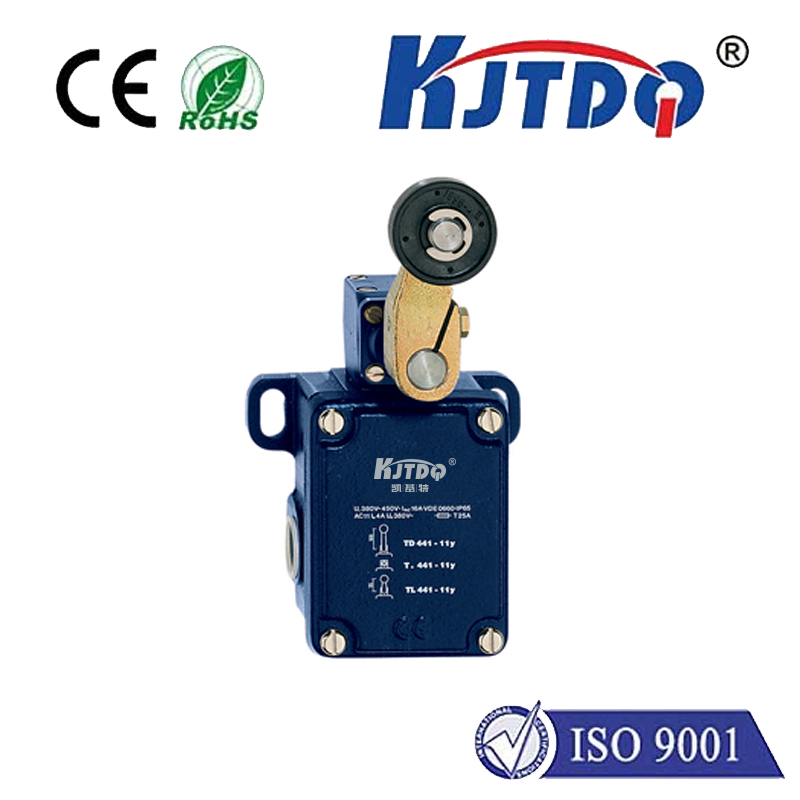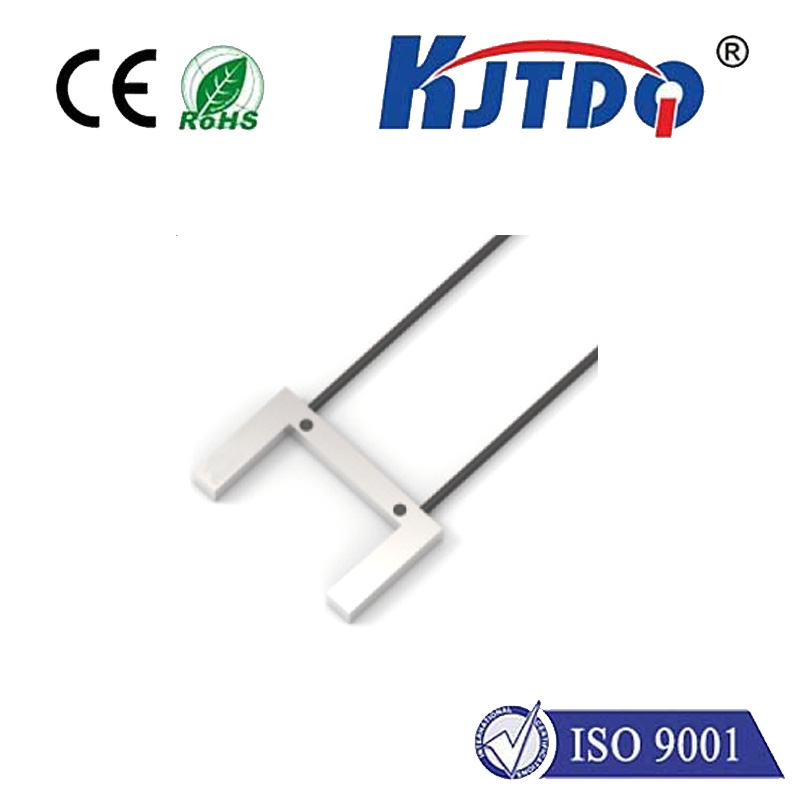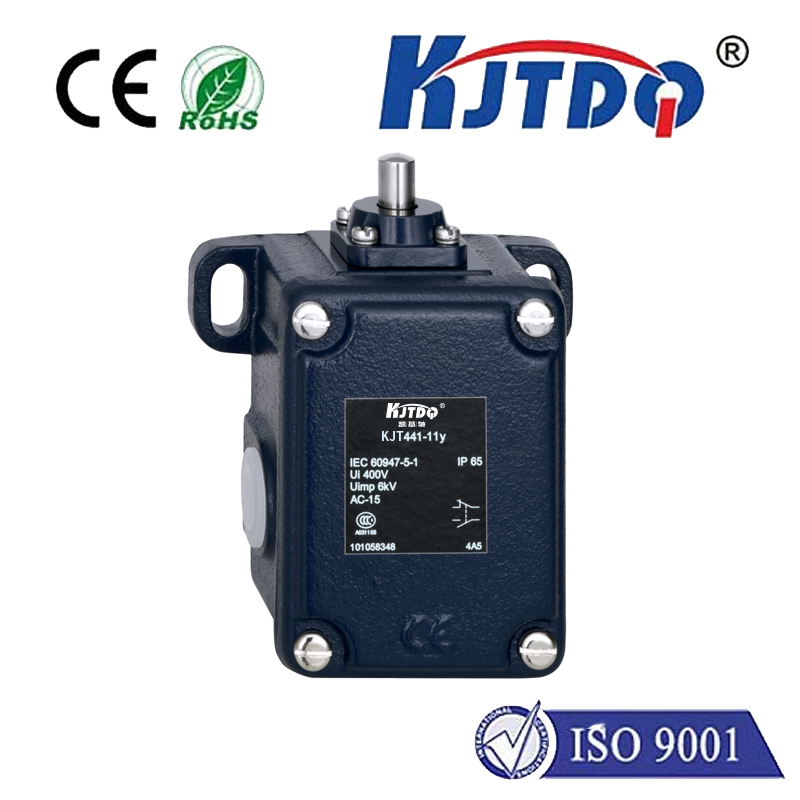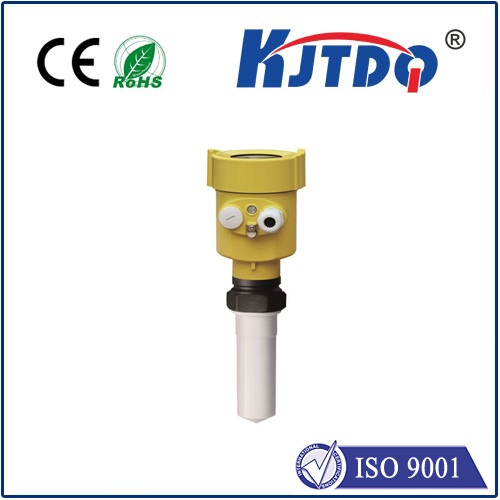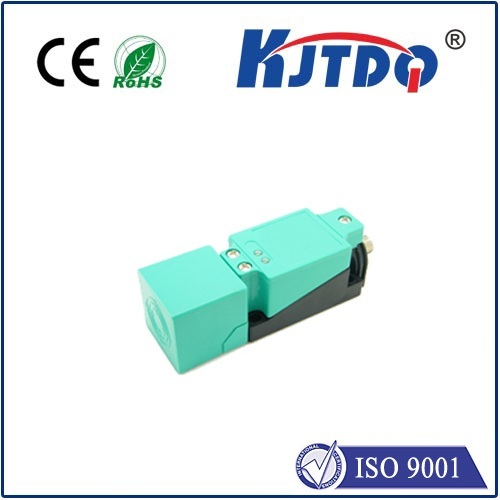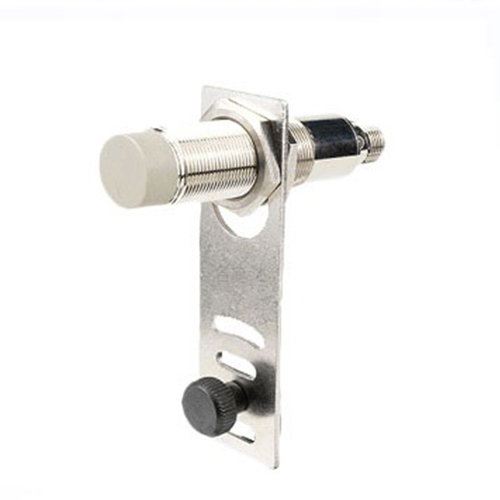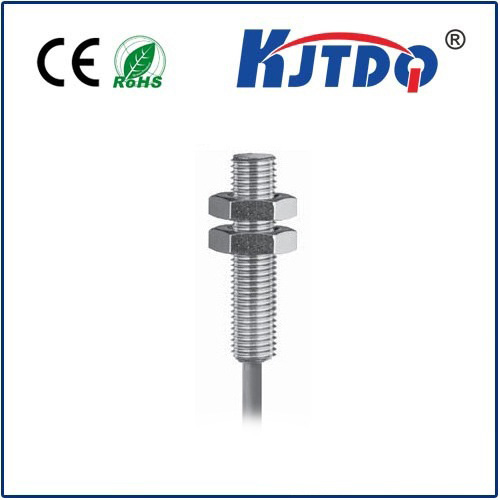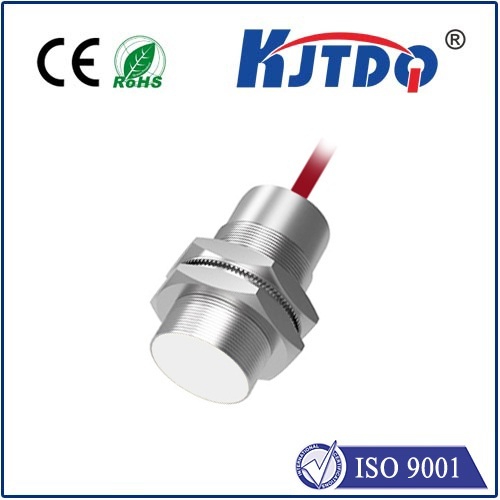In the vast universe of modern technology, sensors are the eyes and ears that help us perceive and understand the world. The ultrasonic proximity sensor, with its precise sensing capabilities and wide range of applications, is gradually becoming a key tool in intelligent detection. Today, we will delve into the mysteries of this technology and explore how it subtly changes our lives.
An ultrasonic proximity sensor is an intelligent device that detects the presence or absence of objects by emitting ultrasonic waves and receiving their reflected signals. Its core components include a transmitter that emits ultrasonic waves and a receiver that receives the echoes. When the sensor emits ultrasonic waves, if there are no obstacles in their path, the waves will continue to propagate. However, when these waves encounter an obstacle, they will be reflected back to the sensor. By accurately measuring the time interval between the emission and reception of the ultrasonic waves, the sensor can calculate the distance to the object. This principle is like a bat using echolocation to navigate in the dark, with the ultrasonic proximity sensor being an “electric bat” that helps machines perceive the surrounding environment. The working mechanism of the sensor is also very precise. It emits high-frequency sound waves that travel through the air at a certain speed. When these sound waves hit an object, they bounce back, and the sensor receives the echoes. The time delay between emission and reception is proportional to the distance to the object. By calculating this time difference, the sensor can precisely determine the position of the object relative to itself. This process is similar to measuring the depth of a pool by dropping a stone and listening for the splash, but the ultrasonic proximity sensor is far more efficient and accurate.

Ultrasonic proximity sensors boast several unique characteristics and advantages. Firstly, they have a high sensitivity, capable of detecting even very subtle changes in distance. This characteristic makes them particularly useful in environments where precision is crucial, such as automated production lines and robot navigation systems. Secondly, they have a good directionality. By adjusting the angle and position of the sensor, it can accurately detect the location of the target within a specific range, much like a spotlight focusing on a specific area. Additionally, ultrasonic proximity sensors perform exceptionally well under various environmental conditions. They maintain stable performance whether in dusty, humid, or high-temperature environments, making them highly reliable in complex industrial settings. Their non-contact nature not only reduces mechanical wear but also minimizes interference to the detected objects, ensuring the integrity of the sensing process.
As an important branch of proximity sensors, ultrasonic proximity sensors play irreplaceable roles in various fields. In the industrial sector, they are widely used for material level measurement, thickness measurement, liquid level measurement, and counting. For example, in automated control systems, ultrasonic proximity sensors can continuously monitor the level of raw materials in silos and issue replenishment alerts in a timely manner, ensuring the normal operation of production lines. In the field of automobile manufacturing, they are also used to inspect the gaps between body panels and welding seam quality, providing strong assurance for product quality. In daily life, ultrasonic proximity sensors also have many applications. In parking assist systems, these sensors can guide drivers to park smoothly and safely by detecting the distance and position of nearby vehicles; in smart home devices, ultrasonic sensors can be used to control lighting switches, enabling lights to turn on automatically when someone approaches and off when they leave, improving convenience and comfort in daily life.
With continuous technological advancements, the future of ultrasonic proximity sensors looks promising. On one hand, as miniaturization and integration technologies improve, the size of ultrasonic proximity sensors will become smaller, while their performance and functionality will be further enhanced. This means that in the future, these sensors will be able to be installed in more compact equipment and complex environments, expanding their application range. On the other hand, with the development of artificial intelligence and machine learning technologies, ultrasonic proximity sensors will become “smarter.” They will not only be able to sense the environment but also analyze and make judgments based on the obtained data, providing more intelligent solutions for users. Of course, the development of ultrasonic proximity sensors also faces some challenges. For example, in complex multi-sensor environments, how to effectively avoid interference between different sensors and ensure accurate detection is an urgent problem to address. Additionally, as application scenarios become more complex, how to further enhance the adaptability and robustness of ultrasonic proximity sensors is also an important research direction for technicians. The ultrasonic proximity sensor, as a powerful tool in modern industry and daily life, has demonstrated its unique charm and value with its excellent sensing performance and wide range of applications. Looking ahead, with the continuous progress of technology, we believe that this small yet highly effective sensor will bring more surprises and convenience to our lives. Let us look forward to exploring more possibilities with ultrasonic proximity sensors!
